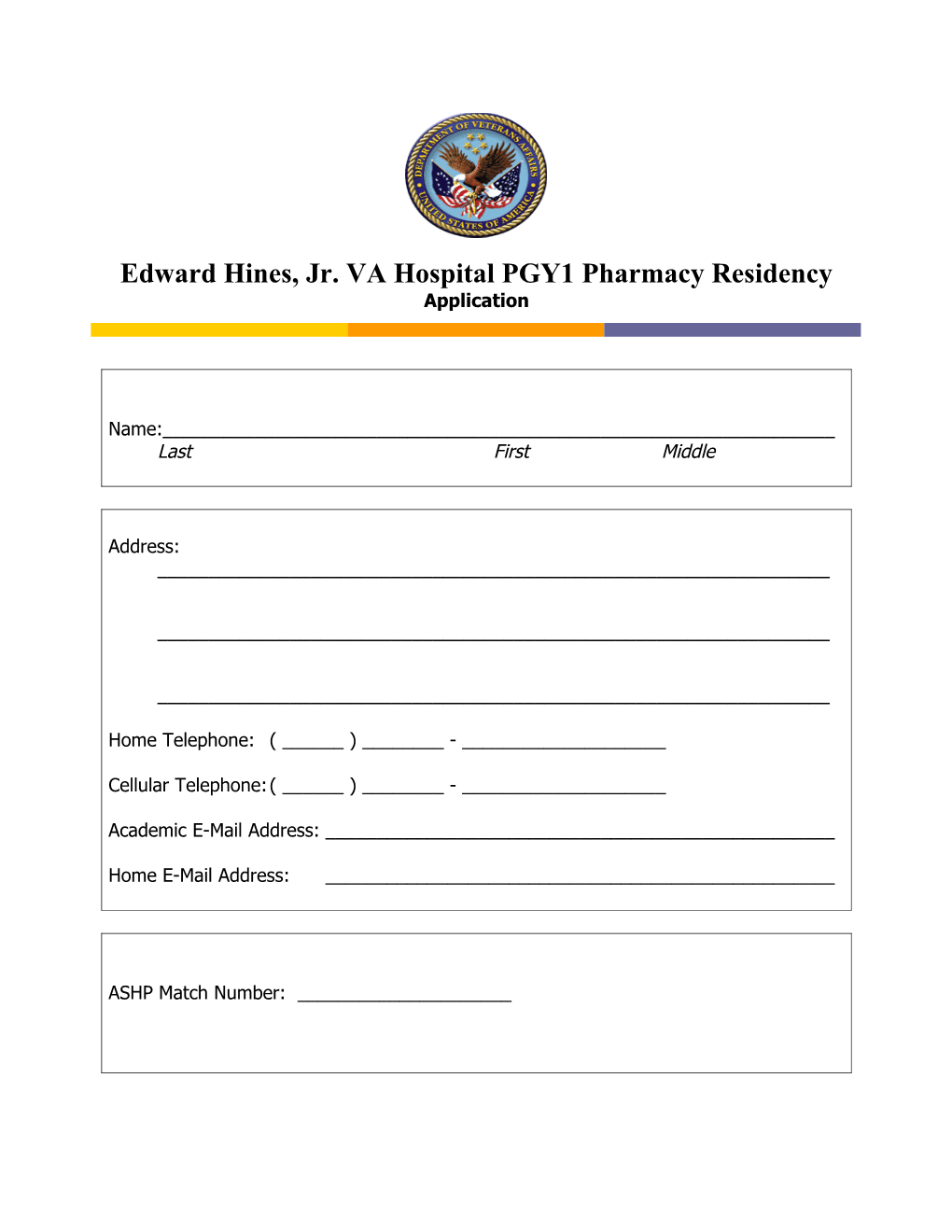N-Acetylcysteine: A Potential Trichotillomania Treatment?

Trichotillomania, a compulsive hair-pulling disorder, affects millions worldwide, often leading to distress and social withdrawal. While traditional treatments like therapy and medication offer relief, emerging research suggests N-Acetylcysteine (NAC) as a potential game-changer. This antioxidant supplement, known for its role in replenishing glutathione levels, has shown promise in reducing compulsive behaviors. But how effective is NAC for trichotillomania? Let’s explore its benefits, mechanisms, and what the science says.
What is N-Acetylcysteine (NAC)?

N-Acetylcysteine is a precursor to glutathione, one of the body’s most powerful antioxidants. It’s commonly used to treat acetaminophen overdose and chronic respiratory conditions. Recently, its role in mental health, particularly in reducing compulsive behaviors, has gained attention. NAC works by modulating glutamate levels in the brain, which may help curb the urge to pull hair. (trichotillomania treatment, NAC benefits, compulsive behavior)
How NAC May Help Trichotillomania

Trichotillomania is often linked to imbalances in brain chemicals like glutamate and dopamine. NAC’s ability to regulate glutamate levels may reduce the compulsive urges associated with the disorder. Studies have shown that NAC can significantly decrease hair-pulling episodes in some individuals. Below is a table summarizing key findings:
| Study | Participants | Results |
|---|---|---|
| Grant et al. (2009) | 50 adults | 56% reduction in hair-pulling symptoms |
| Delfos et al. (2011) | 30 adolescents | 30% improvement in compulsive behaviors |

Mechanisms Behind NAC’s Effectiveness
NAC’s impact on trichotillomania stems from its ability to restore balance in the brain’s chemistry. By reducing oxidative stress and modulating glutamate, it helps alleviate the compulsive urges that drive hair pulling. Additionally, NAC may improve mood and reduce anxiety, common comorbidities in trichotillomania patients. (NAC mechanism, oxidative stress, glutamate regulation)
Considerations Before Using NAC

While NAC shows promise, it’s not a one-size-fits-all solution. Here are key considerations:
- Dosage: Typical doses range from 1200–2400 mg daily, but consult a healthcare provider for personalized advice.
- Side Effects: Common side effects include nausea, diarrhea, and fatigue. Most are mild and temporary.
- Combination Therapy: NAC is often more effective when paired with cognitive-behavioral therapy (CBT).
📌 Note: Always consult a healthcare professional before starting NAC, especially if you’re on other medications.
Is NAC Right for You?

Deciding whether to try NAC depends on several factors, including the severity of your symptoms and your response to other treatments. Here’s a checklist to help you evaluate:
- Have you tried traditional therapies like CBT or habit reversal training?
- Are you experiencing significant distress or impairment due to trichotillomania?
- Have you discussed NAC with a healthcare provider?
N-Acetylcysteine offers a promising avenue for trichotillomania treatment, particularly for those who haven’t found relief through conventional methods. While research is still evolving, its potential to reduce compulsive behaviors and improve quality of life is undeniable. As with any treatment, consultation with a healthcare professional is crucial to ensure safety and effectiveness. (trichotillomania treatment, NAC effectiveness, compulsive behavior)
What is trichotillomania?
+
Trichotillomania is a mental health disorder characterized by the compulsive urge to pull out one’s hair, leading to noticeable hair loss and distress.
How does NAC work for trichotillomania?
+
NAC works by regulating glutamate levels in the brain, reducing compulsive behaviors associated with trichotillomania.
Are there any side effects of NAC?
+
Common side effects include nausea, diarrhea, and fatigue, though they are generally mild and temporary.
Can NAC replace traditional therapies?
+
NAC is often used as a complement to therapies like CBT, not as a replacement.

